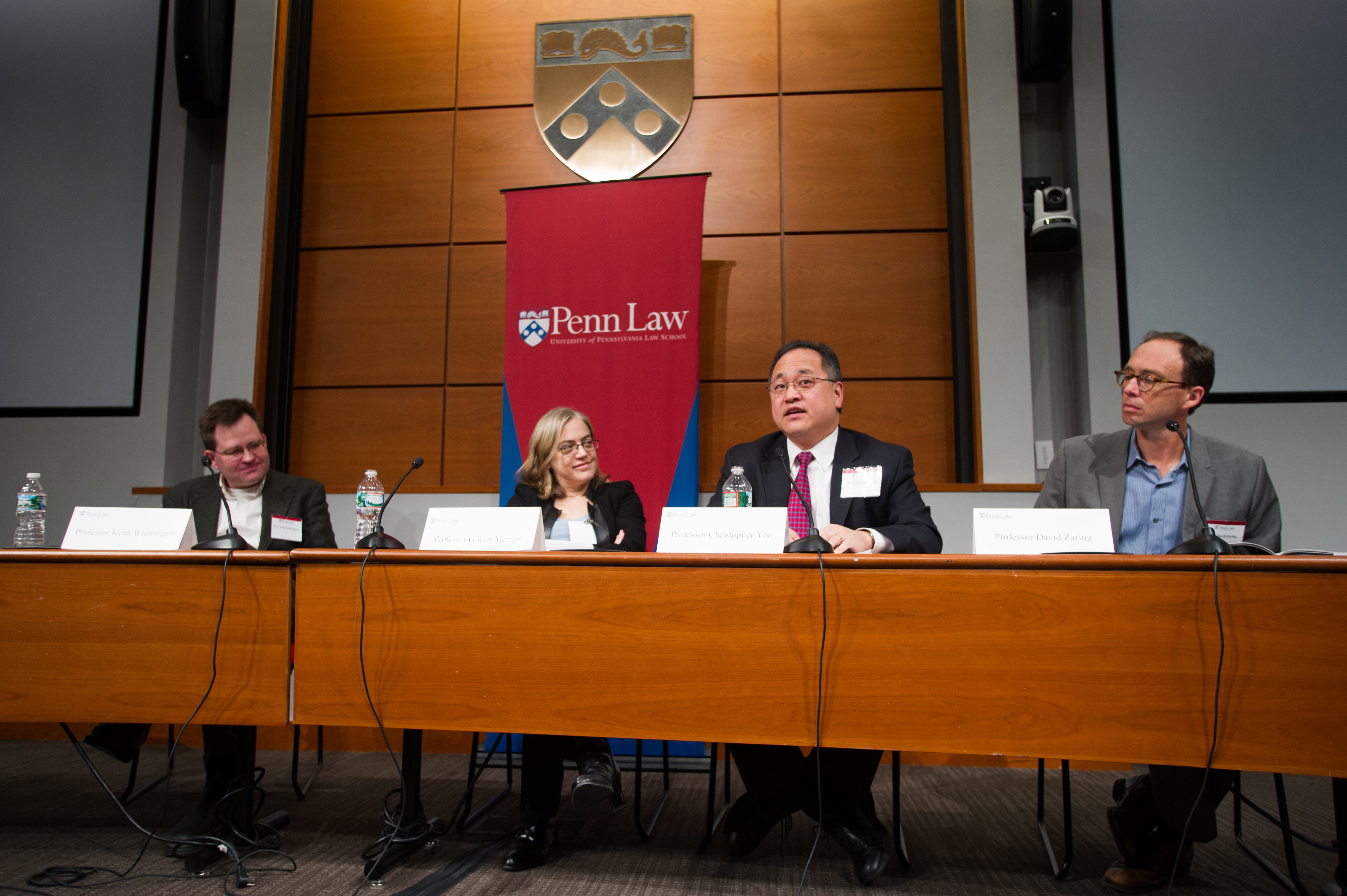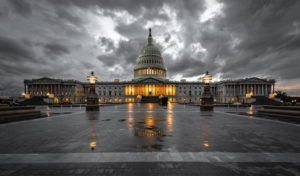
Christopher Yoo argues in defense of the use of presidential signing statements.
Every few years, questions about the use of presidential signing statements resurface. Are these statements constitutional? Are they democratic? What weight should they be given when courts interpret legislation?
Presidential signing statements are written comments the president issues when signing legislation. Although signing statements have attracted attention during the past few administrations, their use dates back to 1822, when James Monroe issued a statement clarifying a law that commissioned certain military officers. Despite the long precedent, some have criticized signing statements as nondemocratic modifications of statutes and deliberate attempts to transcend presidential limits.
Christopher S. Yoo, the John H. Chestnut Professor at the University of Pennsylvania Law School, recently supported presidential signing statements at the University of Pennsylvania Law Review‘s 2015 Symposium, arguing that presidential interpretation of legislation, including through signing statements, is both inherent in our constitutional system and a democratic way to encourage interaction among the branches.
According to Yoo, recent Supreme Court cases affirm that both Congress and the president are necessary actors in the legislative process. INS v. Chadha, which invalidated the legislative veto and noted the president’s essential role in legislating, and Clinton v. City of New York, which invalidated the line-item veto, reflect the Supreme Court’s understanding that the Constitution requires the two branches to play a “coequal role” in legislating.
Yoo also referenced the equal dignity principle, or the idea that the views of the president, the House of Representatives, and the Senate have equal weight in interpreting legislation. Yoo argued that the equal dignity principle, together with the Constitution’s “recommendations clause,” counter the argument that legislative action is exclusively Congress’s privilege. Presidents have a constitutional right to participate actively in the legislative process, as their assent plays an essential role in passing bills.
According to Yoo, these facets of our Constitution’s structure reinforce the importance of the president taking a role in the legislative process.
Presidential signing statements also extend democratic principles, said Yoo. An executive role in the legislative process allows for greater interaction between the branches and quicker resolution of ex ante concerns over implementing legislation. Presidential signing statements emanate from a single actor, which reduces the collective-action problems that threaten efficient implementation of legislation.
David Zaring, Associate Professor of Legal Studies and Business Ethics at The Wharton School of the University of Pennsylvania, moderated the panel. Gillian Metzger, the Stanley H. Fuld Professor of Law at Columbia Law School, and Keith Whittington, the William Nelson Cromwell Professor of Politics at Princeton University, offered commentary on Yoo’s analysis.
For example, Whittington noted that presidential signing statements increase transparency in democratic society. He argued that such statements inform Congress, the courts, and other executive officials of the likely future of a piece of legislation and related future legislation, even giving the general public insight about the meaning of a statute and possible methods of implementation.
Yoo concluded by arguing that because the Constitution calls upon the president to “take care that the laws be faithfully executed” and requires the president to “preserve, protect, and defend the Constitution,” presidents have the authority to exercise constitutional judgment on legislation. Presidential signing statements are simply the vehicle that allows presidents to exercise this authority and document their beliefs about the constitutionality of new legislation.
This essay is part of The Regulatory Review’s ten-part series, The Bounds of Executive Discretion in the Regulatory State.
The recent Symposium was co-sponsored by the Penn Program on Regulation (PPR) and organized by Penn Law professors Cary Coglianese, director of PPR, and Christopher Yoo.



